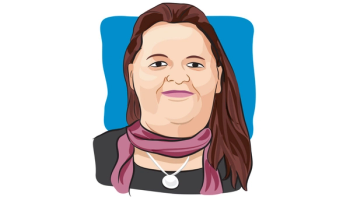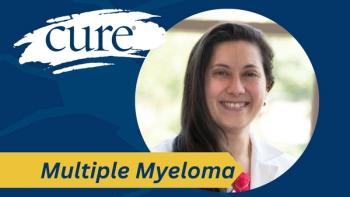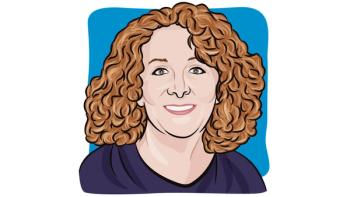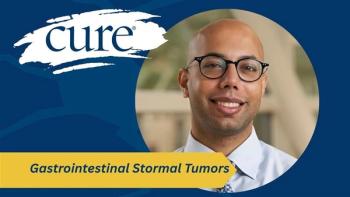
Expanding Access to Screening May Help Prevent Esophageal Cancer
Minimally invasive screening methods offer a more accessible, cost-effective way to detect Barrett’s esophagus early and help prevent esophageal cancer.
Before the introduction of minimally invasive approaches, such as EsoGuard, used to screen for Barrett’s esophagus, endoscopy was the only option for patients — an invasive procedure that requires sedation, time off work and insurance coverage, which can limit access, according to Dr. Seper Dezfoli.
Minimally invasive approaches, however, offer a more efficient, cost-effective alternative that could dramatically change how Barrett’s is detected and monitored. Identifying Barrett’s earlier is key, as 90% of patients diagnosed with esophageal cancer were never previously told they had Barrett’s. With broader use of EsoGuard, clinicians could screen more patients, intervene earlier and potentially prevent many cases of cancer.
CURE sat down with Dezfoli to discuss how the noninvasive EsoGuard test could expand access to screening for Barrett’s esophagus and help prevent esophageal cancer.
Dezfoli is a gastroenterologist and is board certified in liver disease and medical weight management at ProHealth Partners, a Medical Group, Inc.
Transcript
What are some of the key limitations of traditional endoscopy for screening Barrett’s esophagus, and how does a noninvasive test address these challenges?
Dezfoli: The need for having a non-invasive test to screen and diagnose for Barrett's [esophagus] has really long been overdue. Before we had EsoGuard, endoscopy was really the only method of screening patients for Barrett’s esophagus. Endoscopy is using an actual camera to physically go from the mouth and go down into esophagus and evaluate the esophagus.
Endoscopy is an invasive test. It requires anesthesia most of the times — it has its own risks, and it takes time. Patients have to take a day off of work, the doctor has to be involved, etc. Additionally, access can be an issue, so especially when you're considering insurance in the factor. Therefore, [non-invasive test’s] really changes that algorithm.
What we know is about 90% of patients who end up getting cancer were never diagnosed with Barrett’s esophagus. We also know that once Barrett's is actually identified, we have the tools to treat and survey those patients to lower the risk of going on to getting cancer.
So, if you think about it, the key here is screening, diagnosing Barrett's and then preventing esophagus cancer. And that's exactly what is EsoGuard does. The widespread integration of a tool like [this], which is cost effective, easy to administer and minimally invasive will completely revolutionize the way we even approach Barrett's and esophagus cancer. So right now, we're saying that 90% of patients who were diagnosed with esophagus cancer, were never even told that they have Barrett's or screened for it.
So, when you have something like is EsoGuard, it really fits nicely into that unmet need. It allows us to now implement that widespread screening, finding the patients that have Barrett's and then giving them the right treatment, surveying them, talking to them and educating them. [This is done in hopes that] we no longer will have that statistic where 90% of patients with cancer weren't even told to have Barrett, and we can bring that number down and hopefully prevent cancer.
Transcript has been edited for clarity and conciseness
For more news on cancer updates, research and education,





